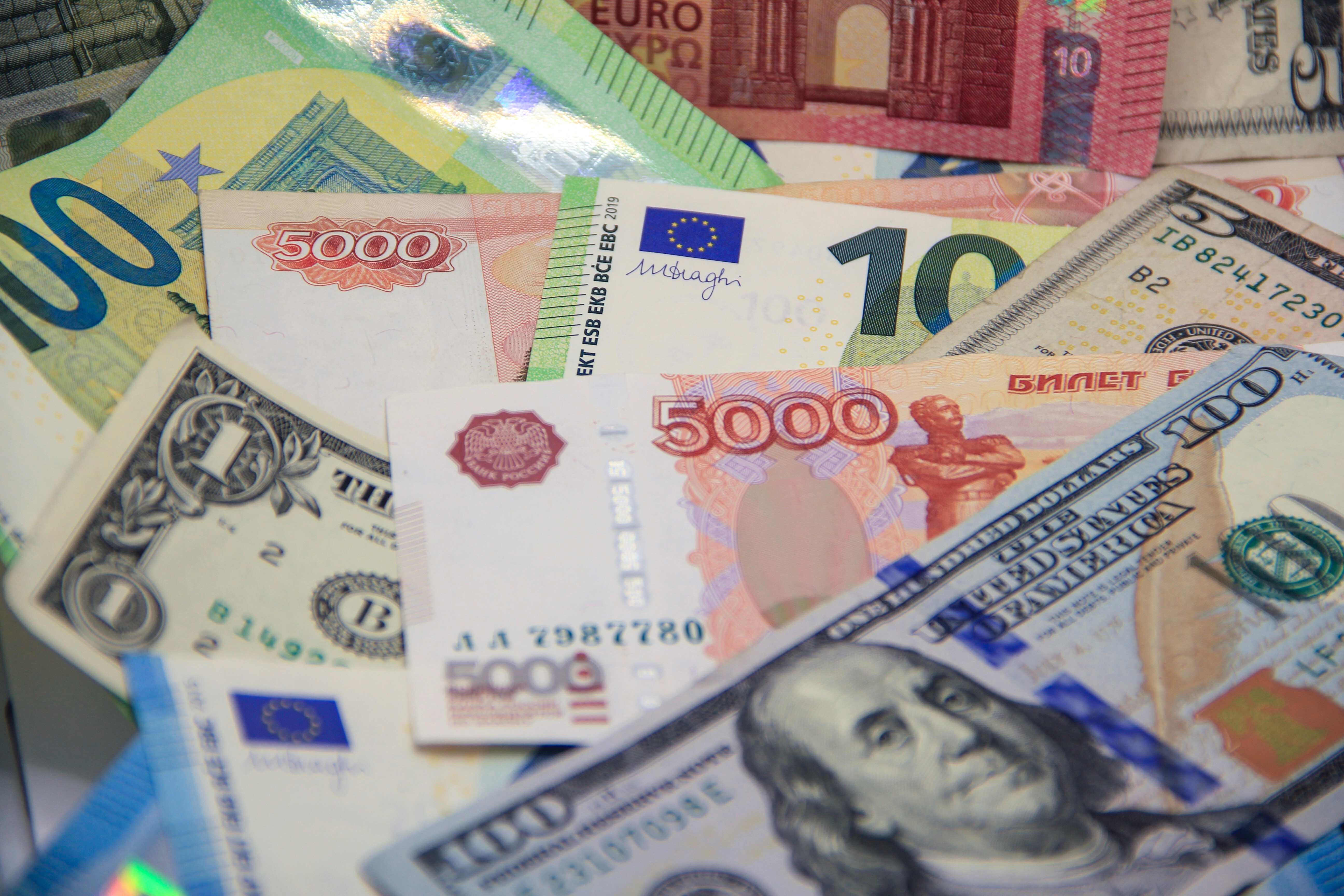Money Supply
What Is It?
Money supply is the total value of currency, coins, and liquid financial instruments in an economy at a particular point in time.
Gross Domestic Product (GDP) is the total value of the goods and services that are produced within a country's borders by citizens and non-citizens in a fiscal year.
Money supply as a percentage of GDP is the ratio of a country's money supply to its gross domestic product (essentially, how much it earns).
How Is It Calculated?
Economists classify money supply into four categories: M0, M1, M2, and M3 (or Broad Money). Each category is based upon the liquidity (how easily the assets can be converted into actual cash) of the accounts included.
- M0 (money in circulation) includes only the most liquid instruments, such as coins and notes in circulation. It is also sometimes called the monetary base.
- M1 includes M0 (money in circulation) plus demand deposits, travelers’ checks, and checkable deposits in banks. Because this type of money is narrowly construed, M0 and M1 are sometimes referred to as "narrow money."
- M2 includes M1 plus savings deposits of less than $100,000 and money market mutual funds.
- M3 includes M2 plus large, long-term, and institutional deposits in banks, plus institutional money market funds. Because this type of money is more broadly construed, M3 is sometimes referred to as "broad money."
Broad money, or M3, is the most inclusive and flexible metric for determining a given country's money supply.
Money supply data is collected and calculated by a country's government or central bank.
Gross Domestic Product (GDP) is calculated using one of three methods:
- Production Method: The sum of all value added to each stage of production of all goods and services.
- Income Method: The sum of all wages, profits, interest, and rents.
- Expenditure Method: The sum of the purchase values of all goods and services.
There will be slight variances when comparing these three methods, but they produce fundamentally the same result.
Money supply as a percentage of GDP is calculated by dividing money supply by GDP (Money Supply ÷ GDP) and is expressed as a percentage (%).
What Does It Mean?
A country's money supply has historically been known to affect prices, inflation, and the business cycle. Government agencies that set monetary policy seek to manage the money supply by controlling interest rates and increasing or decreasing the amount of money flowing in the economy.
- An increase in money supply typically lowers interest rates, puts money in the hands of consumers and businesses, and stimulates spending.
- A decrease in money supply typically increases interest rates, restricts the amount of money in the hands of consumers and businesses, and inhibits spending.
Copyright © 1993–2025 World Trade Press. All rights reserved.

 Vietnam
Vietnam 
